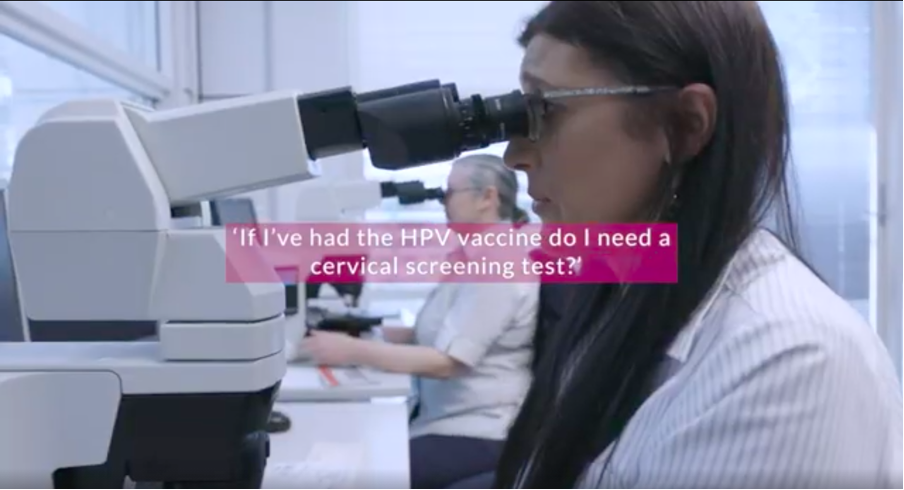
The MBS data reveals that only 163,207 people with a cervix had a CST from July 2020 to October 2020. This figure is dwarfed by the 431,602 tests that were performed during the same period in 2019.
A study by Cancer Council NSW predicted that screening disruptions due to COVID-19 would result in between 270,000 and 1,000,000 women missing a screening test in 2020. London Agency needed to implement a multi-channel communications campaign to assure the target demographic that it was safe to return to healthcare. Unfortunately cervical screening is still treated as a taboo subject among many eligible people, especially in the younger age groups. It isn’t a very pleasant check-up, and it is not something that is openly discussed.
London Agency research also found that there was a misconception around having the HPV vaccination. Those who had been vaccinated believed screening was not as important.
A survey of over 600 consumers in the target age group conducted in September and October 2020 found that 15% of respondents who have never been screened did not know they were at risk of developing cervical cancer, and 13% did not know they were overdue for a screening.

If people did not return to the cervical screening program Australia would be faced with increased cases of cervical cancer, ultimately resulting in a greater number of deaths from a largely preventable cancer. Following the consumer research it was clear that a campaign to bust the myths associated with cervical cancer was the answer to getting this important message across.
Reaching the target audience with the correct messaging was a crucial step to get the right balance between informing and empowering. By telling the target audience what to do with their bodies would likely discourage any positive engagement in the return to screening campaign.
Denise, an Office Administrator in her forties, was taken on a tour of a pathology laboratory to follow the journey of a cervical screening sample. While in the lab, Denise was given the opportunity to look at live cervical cancer cells under the microscope.
This moment hit home for Denise because the cancer cells she was looking at came from a woman in her forties who had delayed her cervical screening, a woman in the same position as her. Denise’s tour was filmed, catching that pinnacle moment on camera.

Separately we interviewed a number of pathology specialists asking them questions based on common misconceptions about cervical cancer, busting any myths for good.
The footage from Denise’s tour and the pathology interviews was used for social media content. London Agency ran the powerful clips as ads on Facebook and Instagram throughout the year.

To further generate awareness about cervical screening, London Agency created an animation that revealed the ins and outs of a CST appointment. The animation was promoted across social media reaching the target audience who were eligible for a screening.
In November 2020 the London Agency hosted a live Facebook Q&A with Professor Ian Frazer, who developed the HPV vaccine against cervical cancer, Associate Professor Annabelle Farnsworth, and cervical cancer survivor Sarah Maree Cameron. The Q&A was open to members of the public to ask the experts about cervical cancer, their advice, and the best resources to find out more information about getting screened.

Campaign content was also shared by aligned organisations such as Jean Hailes for Women’s Health and the Australian Cervical Cancer Foundation.
The multi-channel awareness campaign achieved a media reach of over 12 million. The targeted social media campaign reached 1.9 million women between the ages of 25–44 who were identified as most at risk of developing cervical cancer due to pandemic disruption.

Most importantly, participation rates for the National Cervical Screening Program are recovering. The latest statistics reveal participation is at the highest rate since the pandemic began.